Virtual Reality
Supernatural VR Meta Review
Published
4 months agoon
By
VRLOL
Supernatural VR
Supernatural VR, now owned by Meta, made a big splash in VR with workouts that combine proven motivators like top music hits with expert coaching. The app has a Flow, Boxing, Meditation and Stretch session library.
Supernatural’s main gameplay is similar to Beat Saber, letting you swat batons at targets in time with music. The app also offers more active gamification with workouts that compare you to others for some healthy competition.

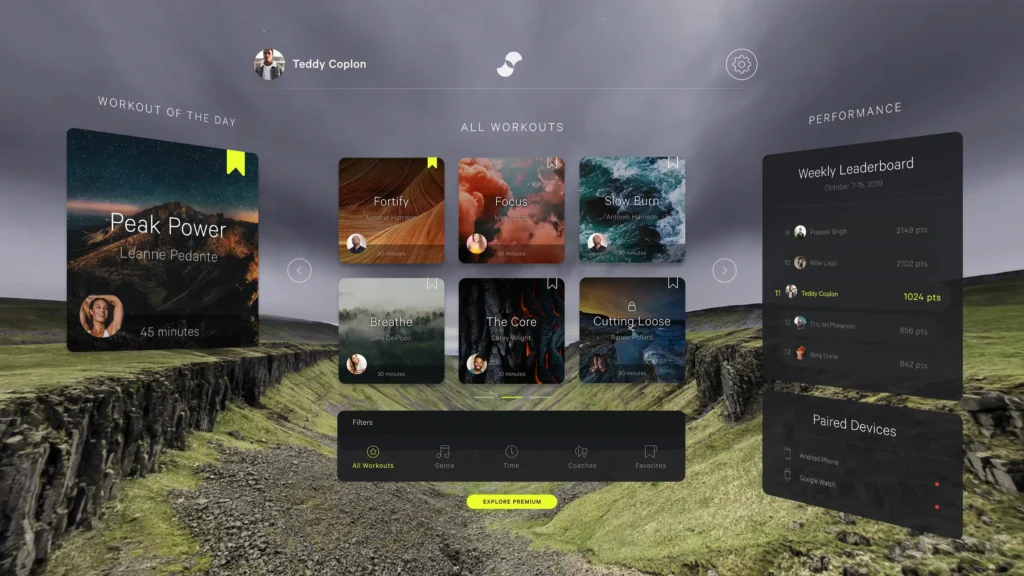
Music
A big part of the magic of Supernatural VR is the music. The VR fitness app has an impressive library of hit songs, but more importantly, it is tuned to get you sweating. The platform focuses on building workouts with meaningful movements that sync up with the music, and they have created an array of awe-inducing environments in which to exercise.
The Supernatural VR app features a variety of workouts, including boxing, Flow (music-led rhythm exercises), meditation and stretching. It has over 800 workouts available to members, and they are constantly adding new ones. They also have a wide range of difficulty levels, so finding the perfect workout for your abilities is easy.
Boxing and Flow workouts feature many of the same motions as Beat Saber, but they are more focused on getting you to move your body in ways that improve your strength and agility. For example, several boxing routines have extra moves like low punches and leg lifts. Similarly, the Flow workouts have extra moves like knee strikes and squats to increase the intensity.
The app also includes more structured workouts led by coaches, which can be a great way to stay motivated and keep up with your fitness goals. This is particularly important for people who find it difficult to stick with a workout routine at the gym.
In the future, Supernatural plans to add more immersive workouts that take users to even more beautiful and exciting locations. Currently, you can work out at the salt flats in Bolivia or the summit of an active volcano in Iceland.
Merlin, a virtual music and streaming service, has partnered with Supernatural to bring independent artists through its network to soundtrack the workouts. The deal will give Supernatural access to an extensive catalogue of music to use in its daily workout sessions and help it build a fitness community within the app.
With the partnership, Supernatural VR will start by releasing Katy Perry’s tracks in 2022, and more artists are expected to join as the series continues. Supernatural has already established itself as the leader in immersive VR fitness experiences, with its unique combination of real-world coaching and top music hits to motivate users to get moving.
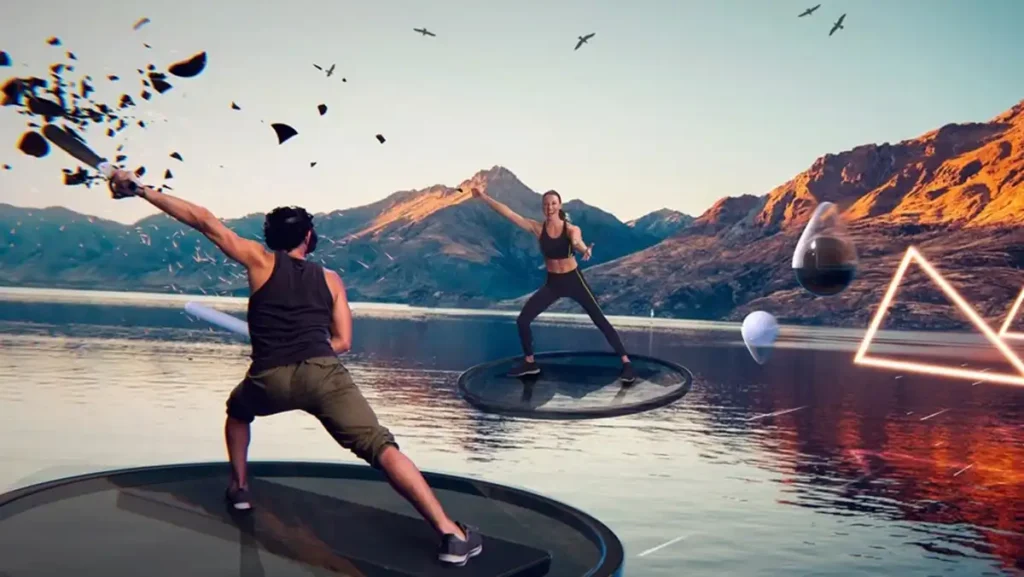
Coaches
Supernatural VR is the world’s first subscription-based full-body VR fitness service, designed for the Oculus Quest and compatible with smartphones. It combines a killer music library and expert coaches to turn workouts into fun, high-intensity adventures, all within the comfort of your own home or hotel room. With a subscription, you can enjoy workouts that incorporate boxing, stretching, and guided meditations, all set to popular music.
Supernatural was built to make it as easy as possible for people to get in a workout. Its creators wanted to remove all of the hangups that can keep you from exercising, like having to go out, finding a gym, or finding the motivation to get going.
The company’s co-founder, Aaron Koblin, explains that he and his team had been slipping into a “startup bod,” they wanted to recreate the fun exertion of outdoor activities without all the extra work that comes with getting dressed, driving, and squatting in real life. That led to the creation of Supernatural, which uses virtual reality to make it feel like you’re exercising outside in a beautiful destination.
Each workout is designed to be as effective as it is fun. It exercises your arms and back by hitting targets with handheld bats, your core by twisting and swinging your torso, and your legs by hopping and lunging in the air. Each session is choreographed to a song and adjusts to fit your skill level. You can also connect a smartwatch to track your heart rate as you exercise.
The app’s coaches are world-class professionals with extensive HIIT training and fitness supervision backgrounds. Each narrates the experience and offers advice and encouragement. They work with you to ensure precise, fluid and healthy movements. They are also trained in various movement styles, ensuring that your movements in each workout are safe and beneficial for your body.
Supernatural VR recently introduced a new Artist Series that allows you to exercise with the music of your favourite artists. Katy Perry is the first to join the roster, including several groundbreaking and beloved contemporary artists. This June, Supernatural will also introduce Guest Coach Shea Coulee, the inimitable artist, advocate, and beaming definition of black drag excellence, who will lead participants through workouts that embody the month’s spirited mission to “Move with Pride.”
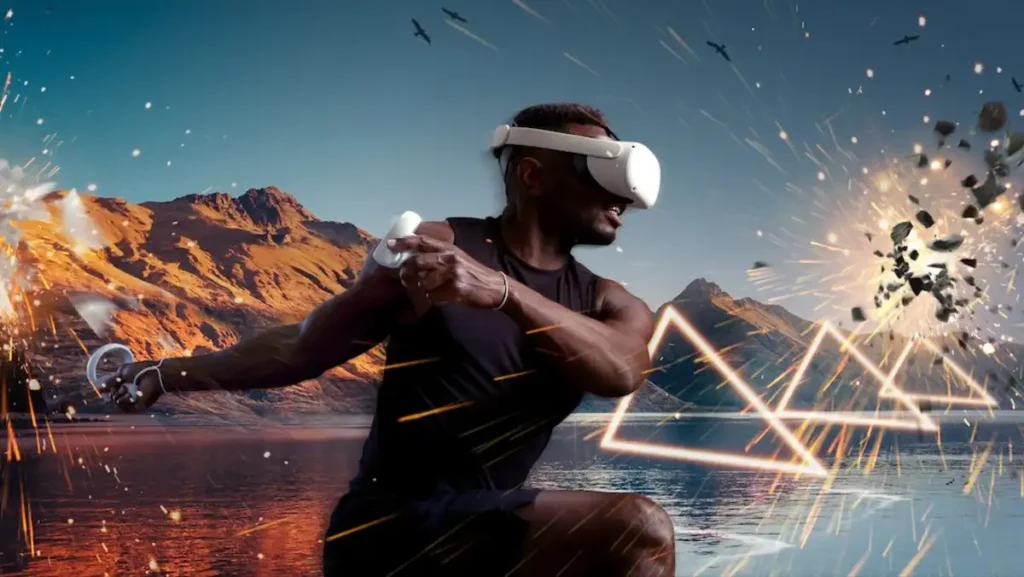
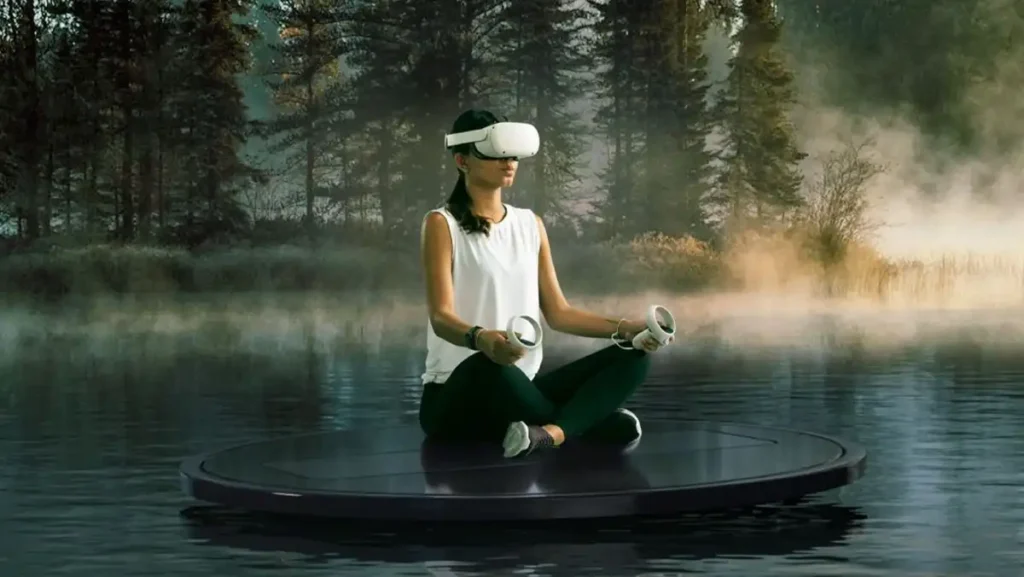
Environments
Supernatural VR is a virtual fitness app that uses gamification to make workouts fun and engaging. It’s available for the Oculus Quest and offers a monthly subscription plan starting at $19 after a 30-day free trial. Users can track their progress, compete with other players and coaches, and unlock rewards for completing various fitness challenges.
To help users stay motivated, Supernatural includes a killer soundtrack perfect for high-intensity workouts. It also features a variety of beautiful landscapes where users can sweat it out. The Flow, Boxing, and meditation workouts are designed to help users burn calories and build muscle. The Flow sessions are often compared to Beat Saber, which arms you with wands to swat at fast-moving targets thrown at you in time to a beat. Supernatural, on the other hand, focuses on full-body movements that improve strength and stamina.
Whether jogging on a beach, running through the forest, or climbing on a cliff face, each environment is stunningly realistic and full of life. These scenes are created using photogrammetry, which uses photos to create 3D models of the real world. The app also features a few photorealistic scenes created with real-world locations.
Within powers the app, a VR company best known for its self-titled app. This virtual studio has been around since the early days of VR’s current wave, and its interactive work is frequently shown at film festivals. Supernatural is the latest effort to apply the company’s immersive storytelling expertise to fitness.
While the workouts are fun and challenging, the community keeps people returning. Supernatural’s 58,000-strong community is a supportive and inclusive space for all types of exercisers. It’s a great place to find motivation, especially for those uncomfortable or intimidated by traditional gyms.
Supernatural has a unique business model that is transforming how people work out. The company’s subscription pricing turns the Meta Quest headset into a much more affordable home gym, making it a good fit for anyone who wants to get fit but has difficulty affording a membership at a real gym.
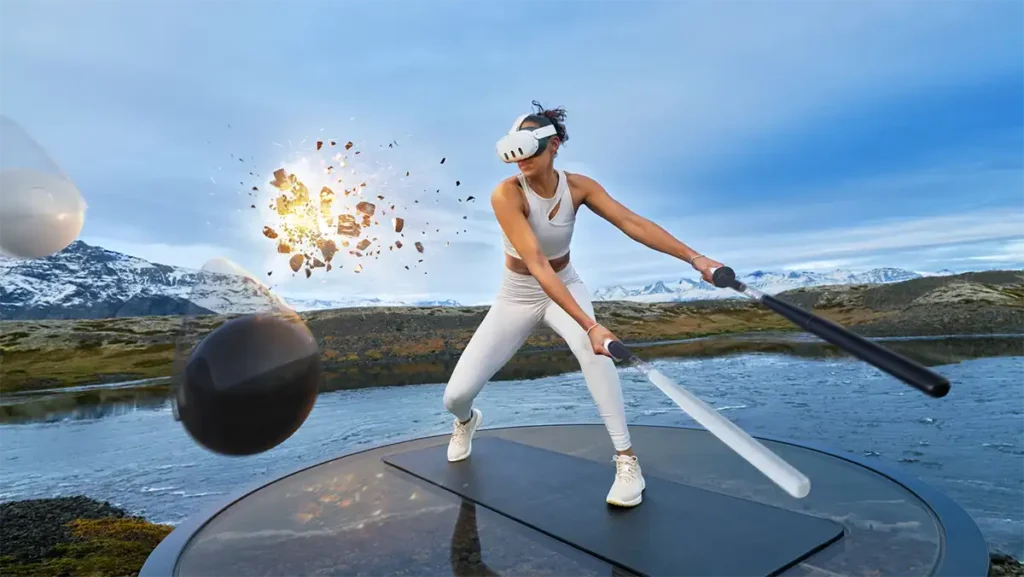
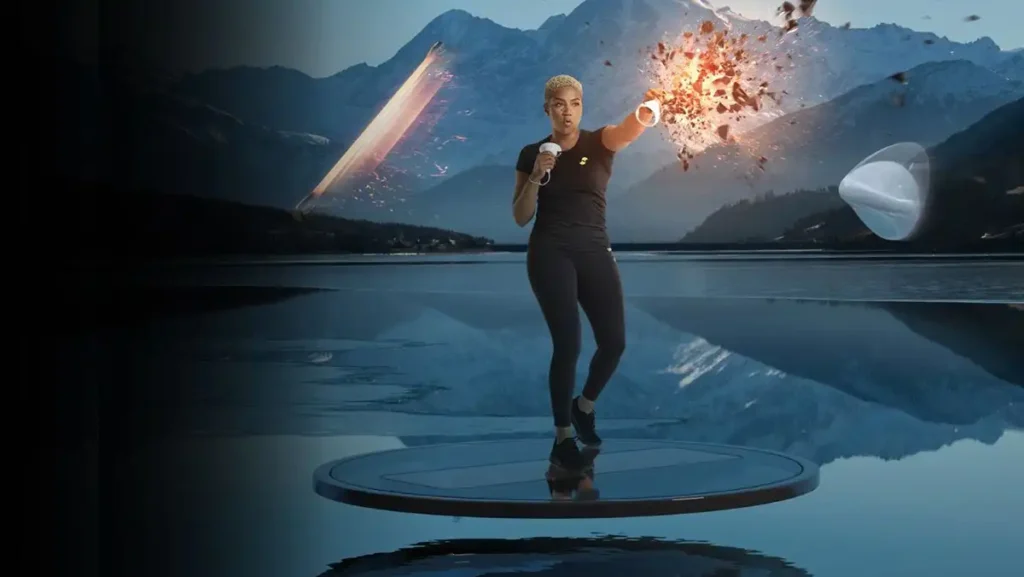

Subscription
The VR fitness app Supernatural has just launched a new subscription model that’s sure to get some people excited. The company offers a year-long subscription that includes daily new workouts at a discounted introductory rate of $19 per month. Supernatural melds together VR rhythm game mechanics, daily personalized full-body workouts, and expert coaching from real-world trainers, all set in various photorealistic landscapes.
In some ways, it’s like a high-end version of Beat Saber. You hold a bat in each hand, and you have to swing it at balloons that pop up around you in rhythm with popular music. However, the big difference is that you can’t speed songs up and down or add hurdles to the beat, which makes this feel less like a game and more like a real workout.
The app has also been criticized for its pricing, which isn’t cheap. At $19 per month, it’s more expensive than most other workout apps on the market, including OhShape’s lunging and ducking to win human Tetris and BoxVR’s punching workouts, which cost about $10 a month. But Supernatural is more of a virtual gym than most of those options, and it looks like it’ll be worth the price for anyone who wants a premium feel to their workouts.
Meta’s (formerly known as Oculus) newly renamed Supernatural is one of the most popular virtual fitness apps on the market, and it just got a nice discount on its subscription fees at the company’s Meta Connect event. The app, which places real fitness coaches in front of you to motivate and inspire, already has a huge subscriber base of over 88,000 members. The app has a specialized library of Flow, Boxing, and Meditation classes mapped to a heart-pumping music catalogue and led by expert fitness coaches.
Getting started is simple, as the app’s home screen takes you straight into the virtual studio, where you can select your workout and begin your session. You can filter classes by type, music genre, and difficulty level to find the right class. Supernatural also has a community of users, and the social element can be a big motivator for some.
You may like
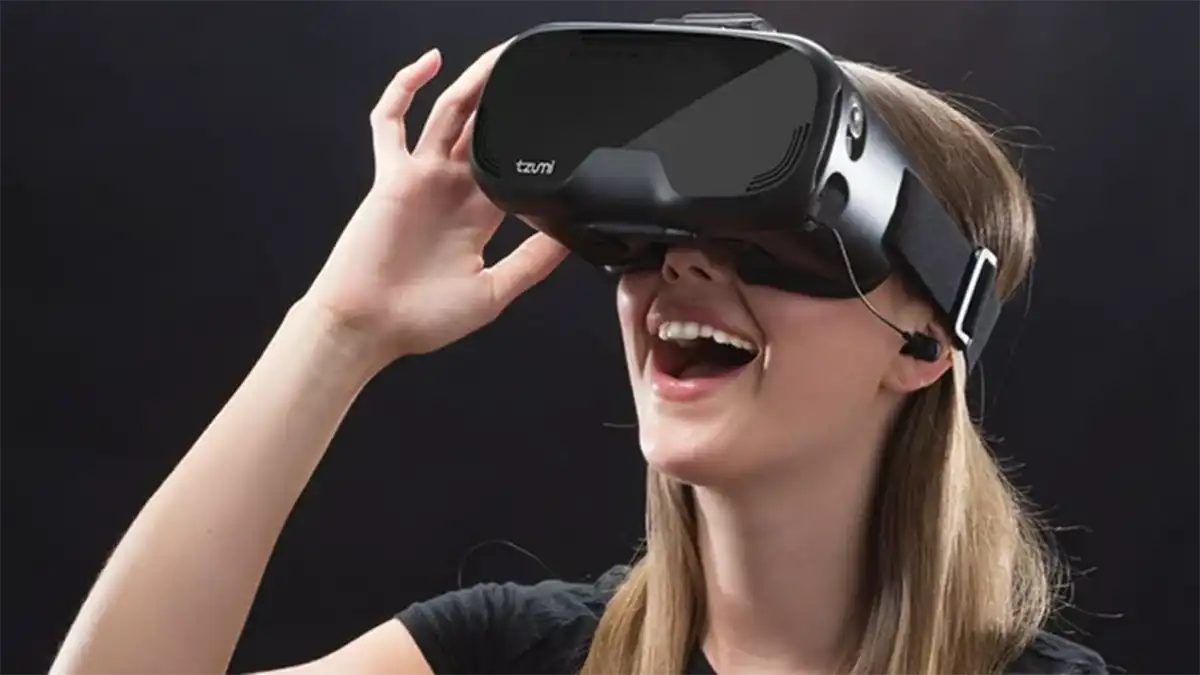
Dream Vision Virtual Reality
Dream Vision Virtual Reality is a cutting-edge VR headset that opens a gateway to captivating and lifelike virtual environments. Its comfortable design and versatile compatibility make it a vibrant addition to virtual reality.
Launch the VR application and follow any on-screen prompts or instructions to complete the calibration process. Ensure the lenses align correctly with your eyes and the straps are securely fastened.
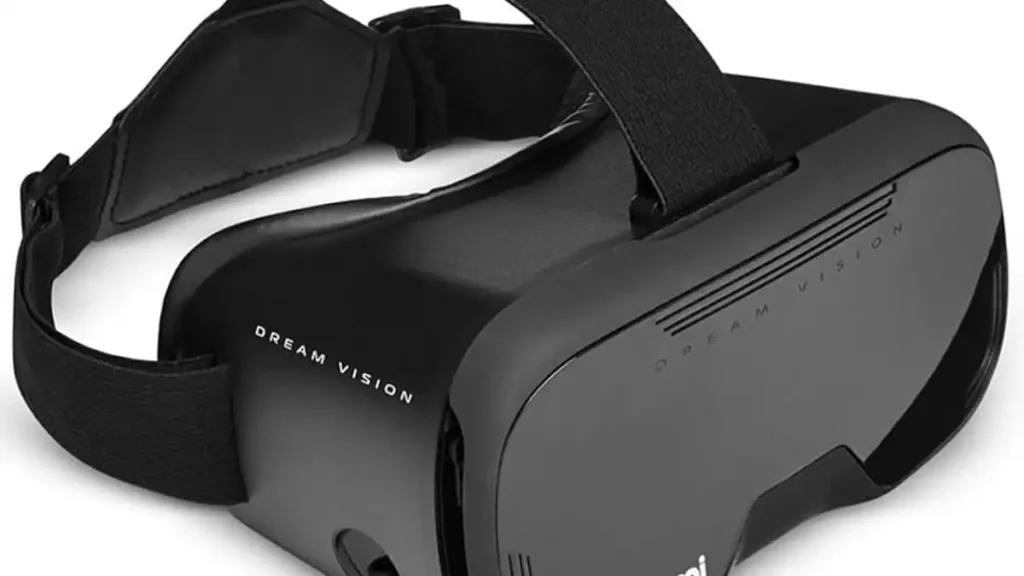
High resolution
The Dream Vision virtual reality system is a cutting-edge technology offering stunning, high-resolution graphics to bring immersive digital experiences to life. It is designed to be compatible with various devices, from gaming consoles to media players. This versatility empowers users to engage in immersive virtual activities, from immersive games to captivating VR movies and documentaries.
The headset’s display settings provide a spectrum of customizable options to optimize visual clarity and comfort. Using these settings, you can customize your virtual reality experience to suit your personal preferences and immerse yourself in captivating virtual landscapes with incredible realism. The headset also includes adjustable head straps and soft padding, ensuring a comfortable fit and allowing you to wear it for extended periods without discomfort.
Getting started with the Dream Vision VR headset is easy:
Find a suitable location to set up the headset and ensure it is properly connected to your smartphone.
Ensure the headset is securely attached to your phone, and the lenses are correctly aligned with your eyes.
Plug in your phone and power it up.
If you have a portable power bank, ensure it is fully charged to ensure consistent functionality during your VR experience.
The Dream Vision virtual reality system is a cost-effective option for enjoying immersive virtual experiences. It is also highly versatile and convenient, enabling you to enjoy VR games, watch immersive movies, and explore virtual tours. It is compatible with most mobile devices and easily connects to a PC or Mac. The headset is also lightweight and portable, making it an ideal choice for travelling and on-the-go entertainment.
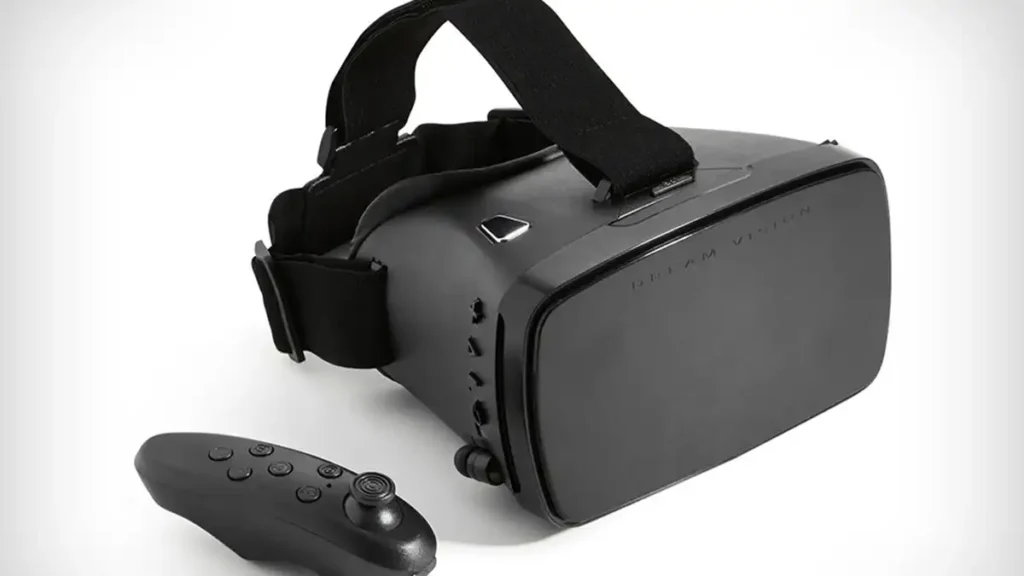
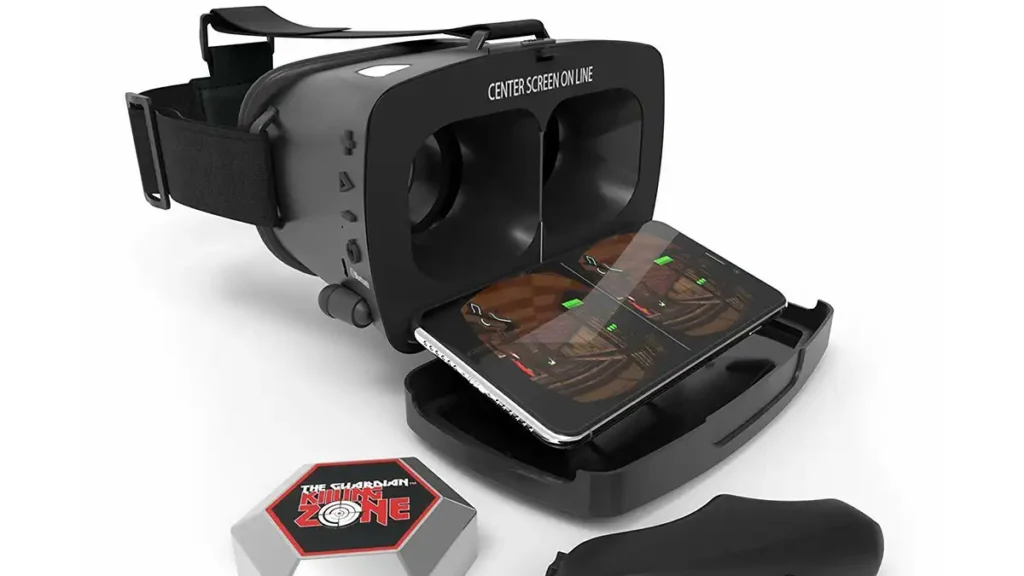
Wide field of view
The dream vision virtual reality system features an expansive field of view that allows users to explore lifelike virtual worlds. This immersive experience is ideal for gaming, multimedia consumption, and educational exploration. The headset also incorporates audio ports that allow users to connect their headphones for a more personalized and captivating VR experience.
The wider the field of view, the more realistic and immersive a VR experience will be. However, balancing its immersion with user comfort is important, as a wide FOV can cause neck strain. In addition, a wider FOV can make the world seem smaller and more unreal, which may cause motion sickness in some users. To minimize this effect, designers should ensure that critical interactive and narrative elements are visible within the FOV while reducing inappropriate content displayed in the peripheral area.
For this reason, most tethered VR headsets have a FOV of around 110 degrees or higher. For mobile VR, the FOV varies from headset to headset. The Varjo Aero headset, for example, has a FOV of up to 115 degrees. Moreover, the headset is compatible with various devices, including PCs and laptops.
To use a virtual reality headset, you’ll first need to launch the VR application or game you want to play. Next, place the headset on your head and align the lenses with your eyes. Finally, secure the straps around your head to prevent them from slipping or falling off. If you’re wearing glasses, align the lenses with your prescription. In addition, you’ll need to ensure that the straps are comfortably fastened so they don’t put pressure on your face or neck.
Intuitive controls
Dream vision virtual reality offers several intuitive controls that make it easy to navigate the interface. Users can use simple buttons and touchpad gestures to interact with virtual objects, navigate menus, and control VR experiences. In addition, the headset’s built-in high-fidelity audio technology creates an immersive experience that takes viewers into a new world. From a subtle whisper to the roar of an explosion, every sound is heard with clarity and depth.
Dream Vision Virtual Reality Headsets are designed to block out the external world, immersing users in a virtual environment where they can play games, watch movies, or engage in other activities. The device also includes sensors that track the user’s movements to create a realistic and engaging experience. The system has many applications, from social and multiplayer games to training and simulations.
To ensure a smooth and enjoyable virtual reality experience, following the manufacturer’s guidelines and usage instructions is important. These tips can help users avoid common problems, such as blurry visuals and discomfort. If the troubleshooting tips do not resolve the issue, users should consult the manufacturer’s website for more guidance.
Before starting a VR experience, securing the headset and checking that all components are functioning properly is important. It is also important to ensure that you stand in a clear space for accurate tracking and performance. Once the headset is securely positioned, follow any on-screen instructions to complete the calibration process. These instructions may include looking straight ahead and following a specific sequence of actions. It is also a good idea to keep the headset charged at all times, ensuring it continues functioning correctly.
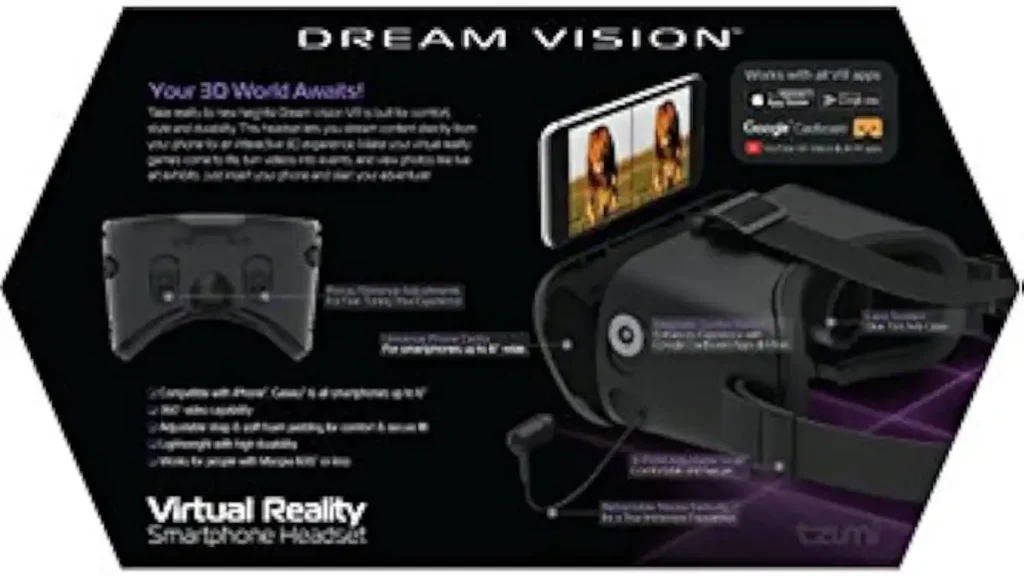
Comfortable design
The Dream Vision virtual reality system is designed for comfort, featuring adjustable straps and soft padding, providing a snug fit on different head sizes. It also comes with 3D earbuds that help reduce the noise in your headset. This lets you focus on the virtual world and prevents eye strain and neck pain. Moreover, it is light and easy to carry, perfect for long VR sessions. If you are experiencing discomfort or headaches, it is important to take breaks often and adjust the settings for your particular experience.
TZUMI Dream Vision virtual reality headset is an excellent option for those new to VR and who want to try it out. It is lightweight, comfortable and compatible with most smartphones. The headset is made with high-quality materials that make it durable. It is also compatible with popular VR apps and games. Moreover, it includes the full version of Killing Zone, one of the top VR games.
Aside from the comfort features of the headset, it is also a good choice for gamers and movie-watchers alike. It is compatible with various devices and can play immersive games, watch movies, or travel to other realms. The VR headset is also easy to set up and can be used at home or on the go.
To get the most out of your dream vision virtual reality experience, charge it and follow the manufacturer’s instructions. It is also a good idea to experiment with the head straps and padding and find the best configuration for your head size and shape. If you have trouble syncing or connecting the headset to your device, try restarting it or reinstalling the app.
Compatible with various devices
The Dream Vision VR headset is compatible with various smartphones, making it an accessible and versatile platform for immersive virtual adventures. By securely placing their smartphone into the designated compartment within the headset, users establish a direct visual and processing link that unlocks a treasure trove of captivating virtual experiences.
The headset features a streamlined design and ergonomic comfort to maximize user experience. Its adjustable head strap and cushioned padding accommodate different head sizes and shapes while ensuring a snug fit that minimizes discomfort during extended VR sessions. Moreover, its interpupillary distance (IPD) adjustment feature allows users to align the headset lenses with their eyes for optimal visual clarity and performance.
To ensure a seamless and enjoyable virtual reality experience, following the setup instructions provided by the VR application is important. These guidelines will help you correctly set up your Dream Vision VR headset and complete the initial calibration process. In addition, it is also advisable to stand in a clear space without any obstructions to ensure that your headset can track your movements accurately.
If you encounter any syncing or connectivity issues, it is important to follow the troubleshooting tips provided by the manufacturer. These tips will help you address common technical hiccups and resolve them quickly. In addition, if you are experiencing any audio or visual distortions, it is crucial to check the positioning of your phone and the headset lenses. In most cases, these issues can be resolved by recalibrating the headset. If you cannot resolve the problem, contact the manufacturer’s support team for additional assistance. This will help you return to enjoying your VR experience in no time!
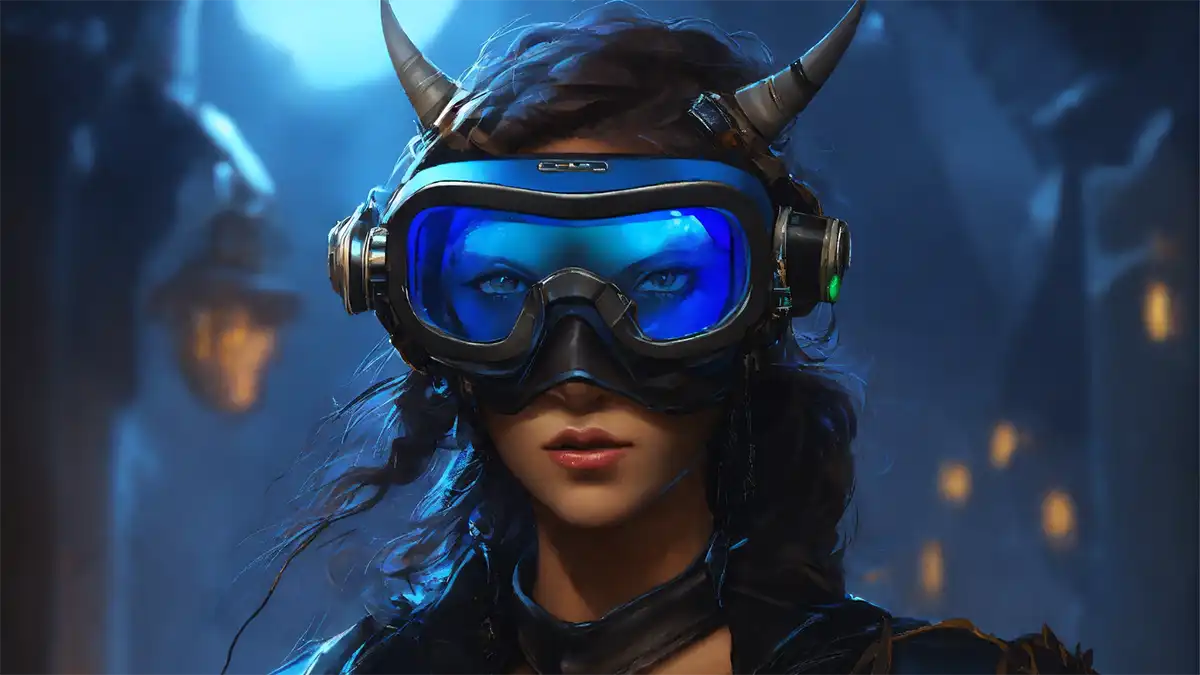
4chan Virtual Reality
The anarchic messageboard 4chan Virtual Reality has been the breeding ground for internet memes like lolcats and Rickrolling. But it’s also notorious for its lawlessness and obscene content. One prank even led to Coventry cat tormentor Mary Bale being outed by the site’s users.
The dominant imaginaries around VR involve enhancing existing forms of communication. This contrasts with the utopian visions of a new virtual world.


It’s a rumor
The internet spawned a lot of rumors about VR, but it’s hard to know whether they are true. While many of them are harmless, there are also some that are incredibly disturbing. This is why it’s important to check the sources of your rumors. The most reliable source of information is a trusted news site. But, even if you trust the information on a news site, it’s still a good idea to verify it with other sources.
One of the most popular rumors about VR is that it will be used for pornography. This rumor has spread widely thanks to the popularity of VR headsets and new filming techniques. It’s not surprising that porn has found a new home in VR, as it offers the opportunity to create realistic-looking scenes. In fact, some sites have already released dick ton of VR porn.
Another popular rumor is that VR will be able to do everything that games can do now, but without the motion sickness and other downsides. Some gamers think that this is the future of gaming, but others argue that VR is not a viable platform for gaming at all. The main reason for this is that VR is not as powerful as traditional displays. It’s also expensive and requires a high-end PC to run it.
The founder of Oculus, Palmer Luckey, has been criticized for liking a bunch of Trump-supporting tweets. He also likes alt-right memes and WikiLeaks conspiracy theories. It’s clear that he doesn’t support the views of most of the mainstream technology community.





It’s a leak
Despite its reputation for lawlessness, 4chan Virtual Reality has produced some of the internet’s biggest memes. From lolcats to Rickrolling, the anarchic US message board has become a cultural phenomenon with 22 million page impressions per day. While most of the site’s users are decent people, its anonymity has allowed it to exploit a darker side. This includes promoting conspiracy theories, spreading false news, and encouraging hate speech. It has even been responsible for outright sexism and homophobia. It has also been accused of pranking people for sex-related reasons.
The anarchic nature of the site has been a boon for viral content creators, but it can also be harmful to real-world people. For example, when CCTV footage emerged of Coventry cat tormentor Mary Bale stroking her feline before dumping it in a wheelie bin, the website exploded with outrage. The ensuing backlash resulted in her being sacked from her job.
In other cases, 4chan users have hacked into advanced artificial intelligence models to spread xenophobic propaganda and promote anti-Semitism. This has alarmed Meta, the company behind the LLaMA model. Users have been able to use the technology to create their own chatbots that are capable of generating a range of inappropriate and obscene content. The LLaMA hack has also prompted the creation of several variants of customised smutbots that can describe graphic scenes of gore and violence. This includes scenes of babies in blenders and neo-Nazi sexual assault.
Despite these risks, many users believe that they should be allowed to make a living from their work. However, the company is not willing to make exceptions for this group of people. This has led to a legal battle that will likely end up in court. If the court rules in favour of the company, it may be difficult for the plaintiffs to recover their losses.

It’s a game
The imageboard website 4chan Virtual Reality is an online community that’s mainly used by teenagers. Its boards discuss video games and anime, but it’s also known as a source of many memes and political movements. It’s been at the centre of several controversies, including Gamergate and various cyber attacks. Parents may be concerned about the site’s potential impact on their teens’ online safety, but they should know that it’s possible to set parental controls on broadband and mobile networks.
Although the site has rules in place, some boards contain inappropriate content that could be harmful to your teen’s online safety. For example, the /b/ board allows hate speech and specific pornography. Moreover, it is not moderated by staff and is therefore dangerous to teens. The site is also a source of hacktivism and has been the target of multiple violent attacks. The other iterations of 4chan, such as 8kun and 16chan, are less moderated and should also be avoided by teens.
Gamers will need a high-end PC to get the best experience from VR, which can cost over $1000. Until then, it will be a gimmick for most people. /v/ posters are jaded NEETs that don’t understand what they need to have fun and blame gaming corporations for everything.
A poster on the popular 4chan Virtual Reality message board UploadVR claimed that Bethesda is working on a virtual reality version of Elder Scrolls V: Skyrim. Whether this will be a separate product or a port of the special edition that launched last year on PS4, Xbox One, and PC is unclear. However, the poster did mention a new project called Starfield.



It’s a platform
As a platform, 4chan has been responsible for many of the internet’s biggest memes. However, the site’s anonymity has also led to a number of privacy concerns. Its users have been accused of cyberbullying, doxxing, and promoting fringe ideologies that can lead to harmful real-world consequences. These issues have fueled calls for the site to be shut down and banned.
While some of the site’s pranks have been relatively harmless, others have been quite disturbing. For example, when CCTV footage of a woman in Coventry stroking her cat before dumping it in a wheelie bin emerged, 4chan’s army of cyberpranksters quickly outed her and bombarded her with death threats. Another 4chan favourite is Pedobear, a cartoon character who appears cute and harmless but performs graphic sex acts. Other stunts have been loosely political in nature, such as calling on Google Hot Trends to make it harder for people to find the Church of Scientology’s website.
As for VR, it’s a gimmick for now. It’s expensive and there aren’t any good games out for it yet. Until we get better immersion technology and habtic feed back, it will be more of a novelty than anything else. If you’re a simfag then it might be worth the investment but otherwise, it’s just another fad that will fade away like the 3D TV.
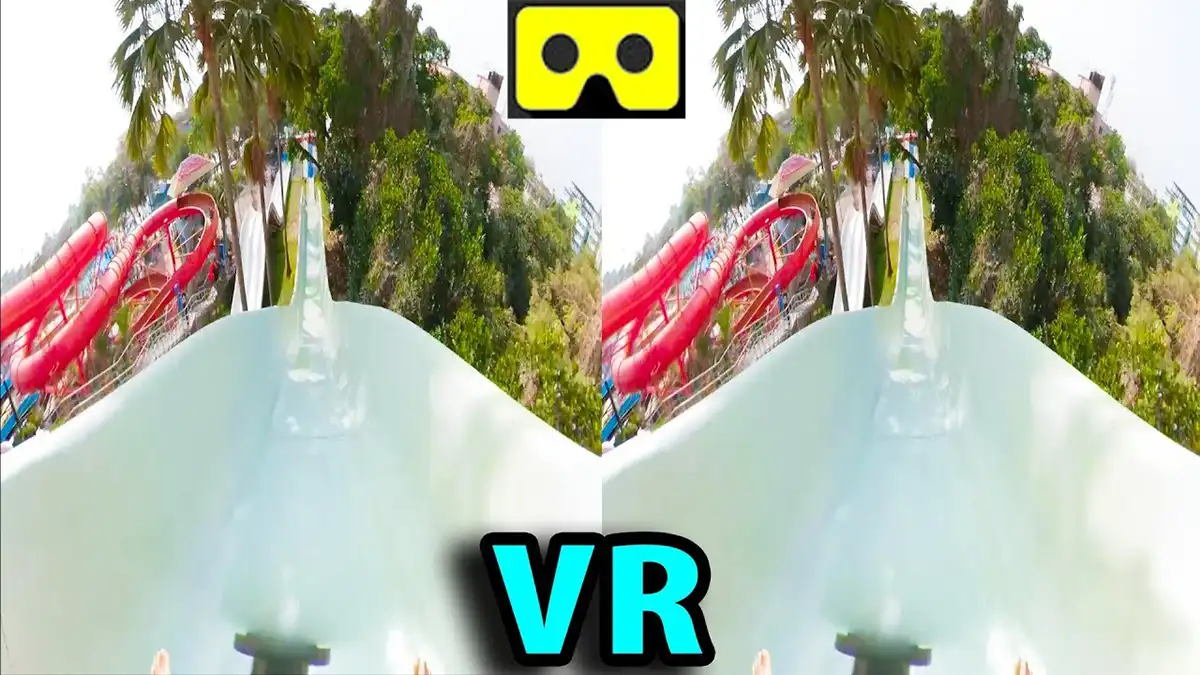
Virtual Reality Split Screen
Virtual reality split screen is a feature that allows you to see two different scenes simultaneously on your screen. It is beneficial and available in most VR games. It is also available in many augmented reality applications.
Using VR in marketing can increase brand awareness and provide customers valuable information. However, there are some risks involved in using this technology.

Split Screens
Virtual Reality Split screen are one of cinema’s oldest techniques, allowing storytellers to communicate nuanced narrative aspects in a powerful and visually striking manner. In addition to conveying parallel narratives and contrasting visuals, this technique can create dynamic action sequences that keep viewers engaged.
Despite its ancient origins, split screen has adapted to the technological advancements of filmmaking over time. With the advent of digital video technology, split-screen compositions have become more accessible to execute and are frequently employed in films and music videos. Split screen has also become an integral part of editing, enabling editors to create more complex and dynamic shots.
Split-screen often reveals multiple perspectives, illustrating how others perceive a character’s actions and reactions. This technique has been employed in the acclaimed Fox TV series 24 and Snapchat’s original content ‘Two Sides’, which followed two young lovers navigating their relationship with contrasting perspectives. It has also been used in films by director Edgar Wright, who has utilized it to elevate his distinctive visual style and evoke emotion in the audience.
When used in VR, a Virtual Reality split screen can enhance the viewing experience by making it more immersive. This is particularly useful in virtual reality because it can be challenging to navigate and see the entire video using a headset. Moreover, splitting the screen can allow you to watch a video without taking off your headset.
There are many ways to use Virtual Reality split screen, including streaming a video on a separate computer screen or using an app that allows you to share your desktop with other users. These apps are usually free, though some may require a paid subscription. Many of these software programs also offer several preset split-screen options; some even have an entire module dedicated to this feature.
Split screens in VR can be beneficial, especially if you want to show your friends or family something you’re doing on your PC. However, you should be aware that the quality of VR videos is much lower than that of non-VR movies because VR requires a higher frame rate to prevent motion sickness.


Pinnacle
Pinnacle is a video editing software program that offers several different split-screen templates. These can be used to create one-of-a-kind video projects and are ideal for use in virtual reality. They are easy to use and include all the features needed to produce professional-quality videos.
In VR, the split screen effect looks like a single image that occupies 90 degrees of your field of view. To use a Pinnacle template, navigate to Library > Montages and Templates > Split Screen Templates. Then, drag the template thumbnail into the timeline to open it in the Sub Editor.

Oculus Rift
After years of hype and scepticism, the first consumer virtual reality headset has finally arrived. Oculus Rift is a fabric-covered headset with flip-down headphones, an external sensor and two controllers. It connects to your computer with HDMI, USB, and DisplayPort cables, requiring a reasonably powerful PC to run smoothly.
The Rift was created by a company called Oculus VR, which was bought by Facebook in 2014 for $2 billion. Founder Palmer Luckey’s original prototype was a cheap, crude device that registered your head movements but didn’t track your position or let you control anything. It still felt magical, though, which convinced Zuckerberg to buy the company.
Since then, the Oculus Rift has improved dramatically. The latest Rift S model has a more refined design with a higher-resolution screen and less-distorting lenses. It’s also lighter and has a more comfortable face rest that doesn’t leave a ring around your eyes after wearing it too long. It’s not as immersive as the HTC Vive, but it’s still a significant step forward for VR.
You can play many games on the Rift, including traditional video games like EVE Valkyrie and Lucky’s Tale. But I think the headset’s real potential lies in experiences beyond gaming. Imagine enjoying a court-side seat at a basketball game or consulting with your doctor from across the country or the world. That’s what makes the Rift worth buying for gamers and non-gamers alike.
While the Rift is a phenomenal piece of hardware, it’s not without problems. Many people experience motion sickness when using virtual reality, and some never get used to it. If you experience this, taking frequent breaks and drinking water is essential. Also, it’s best to wear the Rift over glasses instead of contacts.
Oculus has various non-game content, including short VR movies and travel videos. Henry, for example, is an adorable story about a hedgehog, and it’s better than most of Pixar’s recent animated shorts. There are documentaries about the rainforest, Nepal, and other locations.




HTC Vive
HTC Vive is a virtual reality system that allows you to enter an immersive world. The headset and controllers work together to create a platform for endless games and experiences. Whether you’re an avid gamer or looking for something new and exciting to try, VR offers an experience unlike anything else. There are many different ways to use HTC Vive, including educational simulations, virtual tours of famous landmarks, and artistic creations.
The Vive is a PC-based virtual reality system that requires a high-end computer. It is not a plug-and-play device but relatively easy to set up. The setup process includes several steps, including installing the VR software and adequately connecting the hardware. It’s essential to follow the instructions carefully to avoid potential errors.
Once you’ve installed the VR software and connected all the cables, it’s time to test your headset and controllers. Launch a VR experience or video to ensure the headset functions correctly. You can also check the audio output and controller functionality by interacting with objects in the virtual environment.
Next, adjust the headset fit to ensure it’s comfortable on your head and positioned correctly in front of your eyes. Taking a break during long VR sessions is an excellent idea to prevent eye strain and other physical discomfort.
Finally, test the headset tracking by walking around the play area and observing the movement of your virtual avatar in the VR environment. This will help you identify any issues with the headset’s trackers and resolve them before attempting to use it again.
HTC Vive is one of the most popular VR systems available but has shortcomings. For starters, the system isn’t cheap, and it can require a significant amount of space to operate. It’s also not as intuitive to use as the Oculus Rift, and it can have problems with its display.
Despite these drawbacks, the HTC Vive is still an excellent choice for users who want to explore the possibilities of virtual reality. It’s available for purchase from third-party sellers and some tech retailers, and it’s a solid option for anyone looking to get into VR.

Oculus Quest 2 Game Review – Onward VR

Dream Vision Virtual Reality

Virtual Reality Rumors

Experience the Thrill of Virtual Reality Movies in Your Home 2024

Giantess VR – Explore a House

Explore the Virtual Reality Social Scene with These Top Platforms
Trending
-

 VR Movies6 months ago
VR Movies6 months agoExperience the Thrill of Virtual Reality Movies in Your Home 2024
-

 VR Games5 months ago
VR Games5 months agoGiantess VR – Explore a House
-

 Virtual Reality6 months ago
Virtual Reality6 months agoExplore the Virtual Reality Social Scene with These Top Platforms
-

 VR Games6 months ago
VR Games6 months agoInto the Radius on Meta Quest 2
-
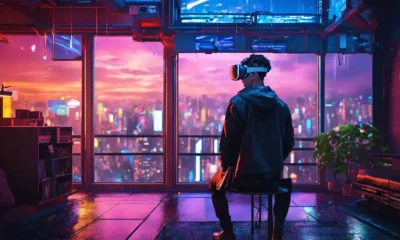
 Virtual Reality6 months ago
Virtual Reality6 months agoExplore Real Estate in Virtual Reality: A Guide to VR Real Estate
-
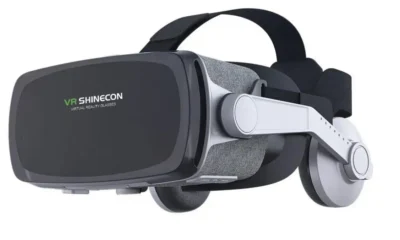
 Virtual Reality5 months ago
Virtual Reality5 months agoVr app for vr shinecon review 2024
-
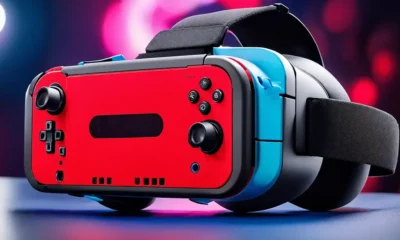
 Nintendo Switch6 months ago
Nintendo Switch6 months agoUnlock the Power of Virtual Reality with Nintendo Switch!
-
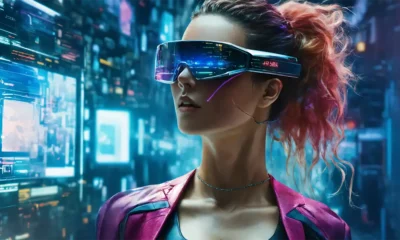
 PS4 VR6 months ago
PS4 VR6 months agoExperience the Future of Gaming with PS4 Virtual Reality

